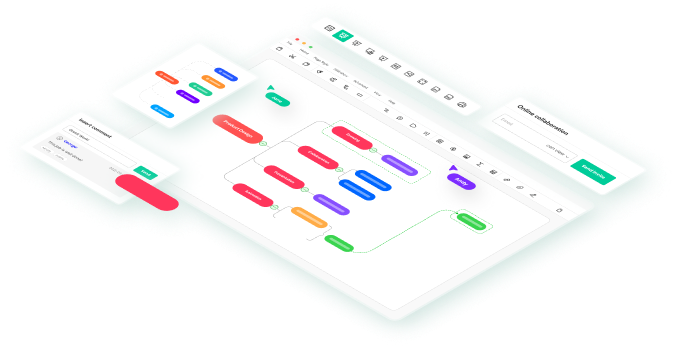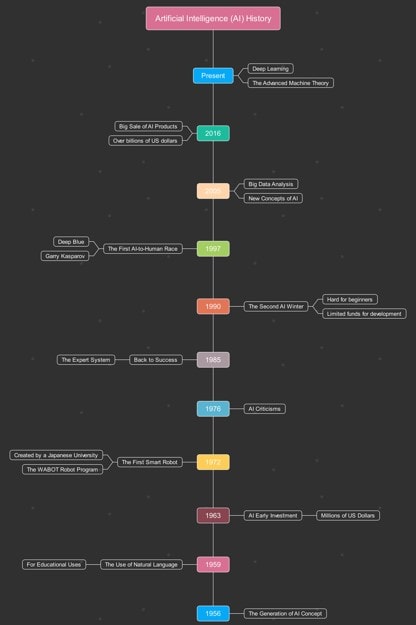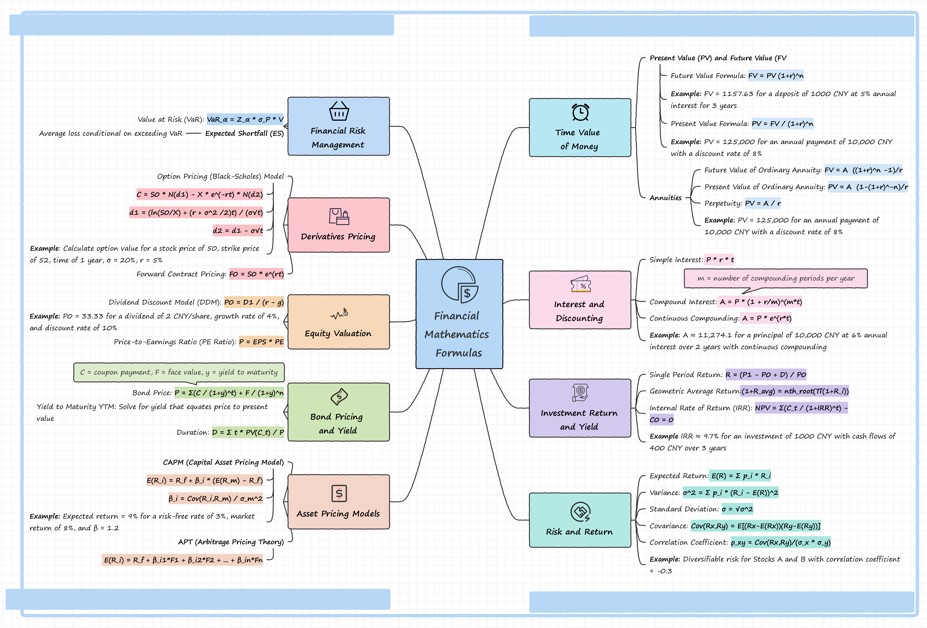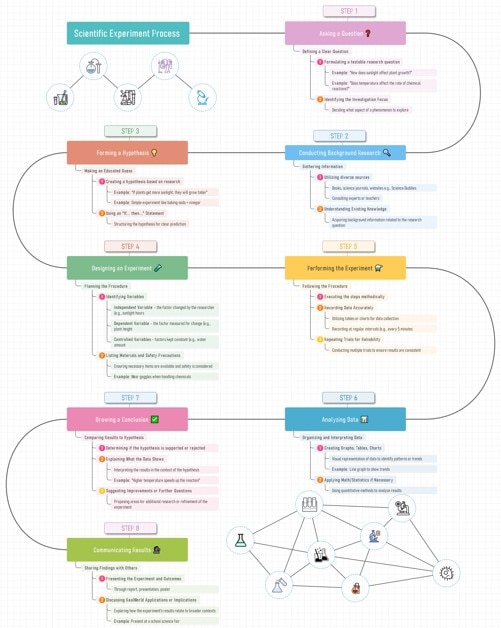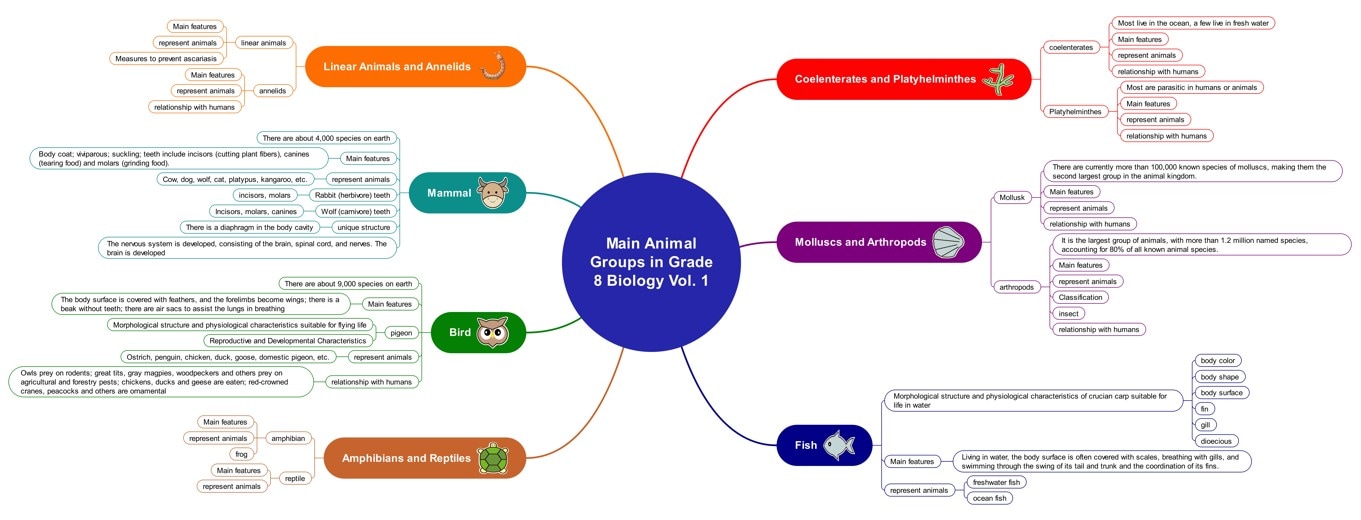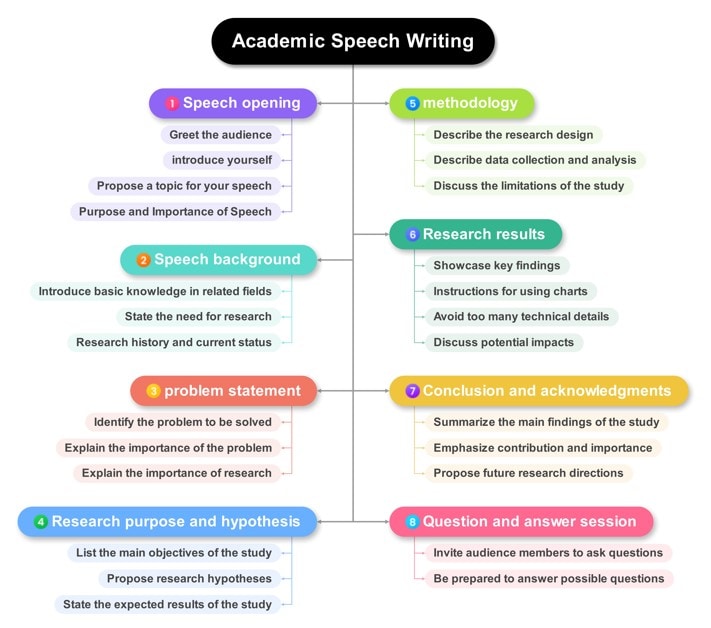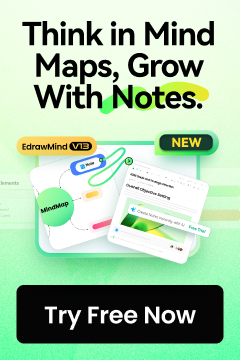You’re sitting in a chemistry lecture, confident that you understand everything being said. But a few hours later, you can only recall about one-third of the lecture. Sound familiar? The problem is that humans aren’t great at retaining information. That’s why taking notes in class helps you remember theorems, laws, and complex concepts.
But sometimes going through those notes can feel daunting. That’s when a visual summary of the lecture can really improve your learning outcomes. Think of it as a review of the key points from any class: focused, effective, and memorable.
Ready to turn your notes into visual mind maps? Let’s explore how you can summarize lecture notes with EdrawMind AI.
In this article
1. What is Note-Taking and How Does it Help?

The influx of information in a class can be overwhelming. Between trying to grasp new concepts and participating actively, a lot is happening at once. In all this mayhem, recalling what you learned just a few hours earlier can be a real challenge.
But when you take notes during a lecture, you can revisit them later to jog your memory. Note-taking means you’re processing information actively. You’re highlighting key details, making connections between concepts, and breaking down complex ideas into simpler explanations.
Without even realizing it, you end up paying more attention in class, learning more actively, and prioritizing the most important elements of a lecture. Lecture notes not only support future recall but also strengthen the overall learning process.
How To Take Notes Effectively?
Before you start taking notes in class, remember that it’s like a double-edged sword. If your notes are effective, you will learn faster and remember more. But if they’re poorly done, you might just end up wasting valuable time.
Here’s a quick guide to taking lecture notes effectively:
- Be selective: The first rule of note-taking is that you don’t have to write everything down. Choose the information you note down carefully, focusing on key points and explanations that will help you understand the topic later.
- Don’t use complex words: Try to use your own words and simpler terms when taking notes. This not only makes your notes easier to interpret later but also shows that you truly understand what’s being explained.
- Incorporate visual cues: Organize your notes with bullet points, numbering, and diagrams. Breaking lectures into smaller, visual chunks boosts retention and recall. You can also add mind maps to make reviews quicker and more engaging
- Review your notes: Be your own critique. Review your notes after lectures to see if they’re relevant and easy to follow. You can also add clarifying details that are fresh in your mind from the lecture to the notes at this point.
2. A Guide for Summarizing Lecture Notes
If note-taking is like freeing up computer memory, summarizing those notes is like optimizing the entire system. Lectures can sometimes feel chaotic, and even if you follow all the rules of effective note-taking, your notes might still seem messy. That’s where summarizing comes in. It helps bring order to the chaos and strengthens your learning in the long run.
Here are some key Dos and Don’ts when summarizing lecture notes:
Dos
- Review your notes: Read your notes carefully, and try to spot the underlying themes and emerging patterns. This helps jog your memory, allowing you to recall all the material you have noted down.
- Identify key points: Begin by highlighting the most important points in your notes. It could be a critical fact, a central idea, or a complex concept. Once you have identified the key points, you can organize the remaining information to support them.
- Group related information: Look for concepts and facts that can supplement the important points identified above. This helps you see the connections between different parts of your notes.
Don’ts
- Make it complicated: The purpose of a summary is to condense the lecture notes into valuable insights. So, don’t expand the content. Simply extract the essence of the information and present it clearly. This doesn’t mean that you should not add any explanations for complex facts. The trick is to keep every addition short and sweet.
- Forget to review the summary: Once the summary is ready, review it to check if you’ve covered all the main points. Also assess whether the information and how it is presented are clear and coherent. This is also a great time to check for errors and disconnects.
3. Mind Maps: The Perfect Tool to Summarize Lecture Notes With Examples
Do you want to summarize lecture notes effectively? Try mind maps. These visual tools can turn long, messy pages of text into clear snapshots of the concepts discussed in class. From highlighting key points to showing connections between ideas, mind maps help you get the most out of your summarizing efforts.
In addition, mind maps usually follow a branching structure, making it easier for your brain to remember central ideas and their related content. This structure allows you to break concepts down into sub-branches, where you can add explanations and examples without making the diagram feel cluttered.
Let’s check out a few mind map examples that can be used to summarize your lecture notes.
AI History Lecture
Here is a mind map that illustrates when and how artificial intelligence was introduced. It highlights the key milestones in AI’s journey. This template works well for all kinds of timelines, and you can easily add more branches to each milestone to include additional details.
Financial Mathematics Formulas
This template displays key financial mathematical formulas, including financial risk management, bond pricing and yield, and risk and return. The diagram provides a clear summary of the essential formulas students need when solving finance-related problems. Along with each formula, the template also highlights its individual components and provides examples for complete clarity.
Scientific Experiment Process
This example presents a summary of a scientific process in a step-by-step format. It begins with defining a clear question, followed by conducting background research, forming a hypothesis, designing an experiment, following the procedure, analyzing data, drawing a conclusion, and finally communicating the results. The template highlights the key stages of the experimental process while also providing important explanations and examples for each step.
Animal Groups in Grade 8 Biology
This template provides a summary of the major groups in the animal kingdom, including mammals, reptiles, birds, amphibians, mollusks, and more. It highlights each group along with the features that make them unique. Users can also add additional details through sub-branches for deeper exploration.
Academic Speech Writing Summary
This template summarizes the process of academic speech writing, from the opening speech all the way to the question-and-answer session. Each step is supported by concise action points to ensure the speaker doesn’t miss any important elements.
4. How to Summarize Lecture Notes with EdrawMind AI?
Now that you know the benefits of summarizing lecture notes with mind maps, the next big question is: what’s the best tool for the job? Enter EdrawMind. This powerful diagramming tool has all the features you need to create functional mind maps that truly amplify your learning outcomes.
If you’re worried about the time required to build a mind map for your notes from scratch, don’t stress. EdrawMind offers an AI Summarizer that can do all the heavy lifting for you. This feature allows EdrawMind to effortlessly summarize your notes and convert them into valuable mind maps.
The best part? EdrawMind can also extract summaries from audio lectures, which is a next-level tool. So, whether you’ve recorded your class as audio notes or typed everything into a Word doc, this AI-powered tool analyzes the input and builds a mind map instantly.
Want to see the EdrawMind AI Summarizer in action? Check out the step-by-step guide below.
Step-by-Step Guide for Summarizing Notes with EdrawMind AI
Step1 Download EdrawMind
- Download the desktop version of EdrawMind.
- Create a new account to log in or sign in using your Google account or social media logins.
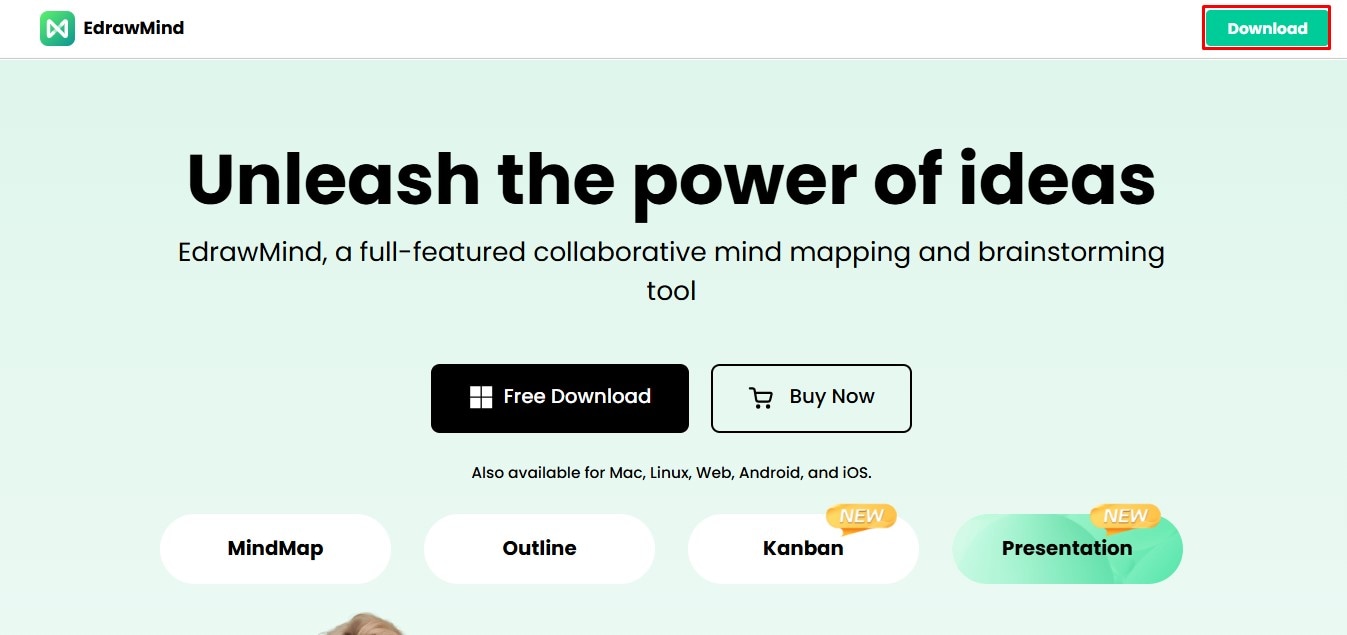
Step2 Navigate to AI Summarizer
- Launch EdrawMind.
- Click Create located in the top-left corner of the screen.
- Select Intelligent File Analysis to access the AI Summarizer.
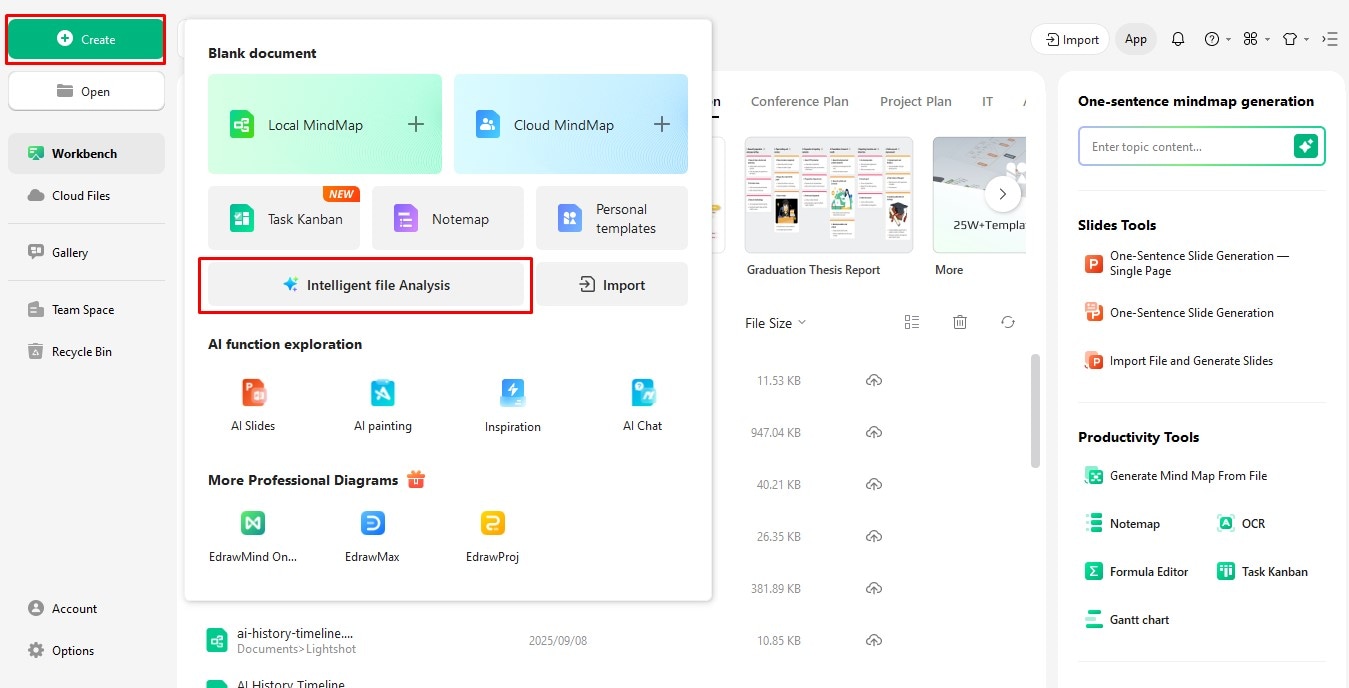
Step3 Upload a File
- Click Upload Files to upload your lecture notes.
- EdrawMind supports different upload formats, including PDF/Doc, Text, Image, YouTube Video, and Prompt.
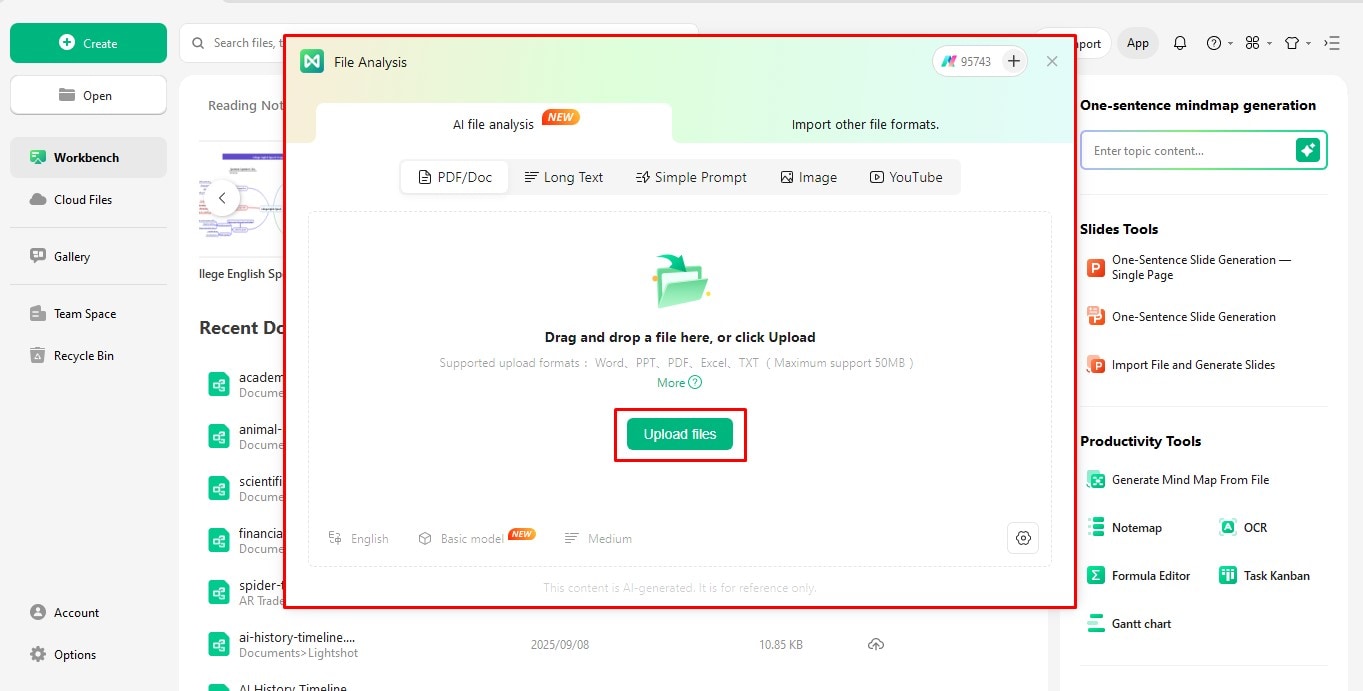
Step4 Process the File
- After you upload the file, the system checks if you have enough AI tokens to process it.
- Click Generate Mind Map to begin the summarization process.

Step5 Customize the AI-Generated Mind Map
- Click on the Main Topic to access the editing panel.
- From there, you can change the shape of the boxes, adjust fill colors, or add colored borders.
- You can also experiment with different layouts and branch styles to find the one that best suits your mind map.
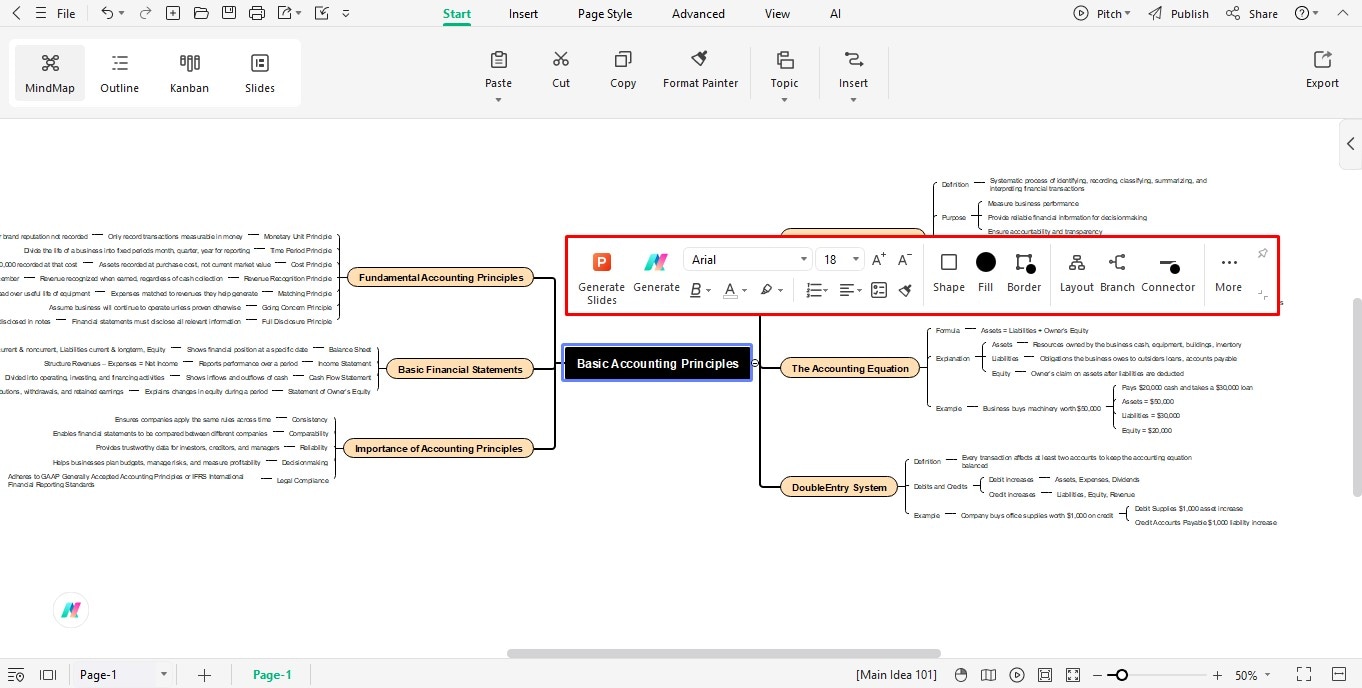
Step6 Export the Mind Map
- Once your mind map is ready, you can save or share the file.
- Click File in the top-left corner to view your saving options.
- Select Save As to download the mind map to your system in EdrawMind’s default format.
- If you’d like to save the mind map in other formats, choose Export to see the available options. You can export your mind map as JPEG, PNG, PDF, PPT, and more.
- You can also select Share if you want to collaborate with friends or team members.
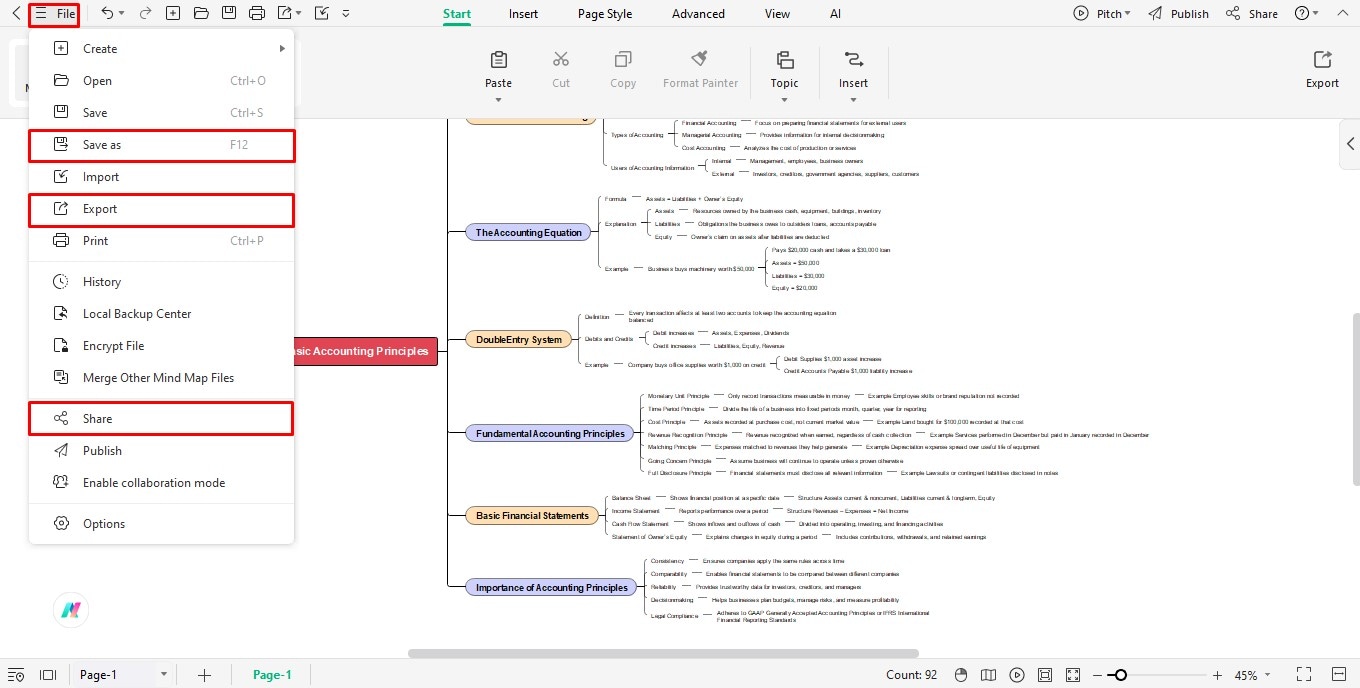
5. Problems with Summarizing Lecture Notes Traditionally
Many students wonder if AI can generate accurate lecture note summaries. While not every tool is capable of delivering reliable results, EdrawMind’s AI Summarizer is a software you can trust. That said, there are several challenges to summarizing lecture notes traditionally. Here are the main problems:
- Takes up too much time: Summarizing notes is a time-consuming process. From reviewing lecture notes to analyzing key points and creating a clear structure, the entire process can consume valuable study time.
- Risk of missing key points: Everyone has a different perspective on lecture notes. What one student considers important might be skipped by another based on their judgment. This subjectivity can reduce the effectiveness of the summary.
- Over-simplification of notes: In trying to keep the summary concise and to the point, students may leave out crucial definitions or examples. This becomes a problem later when they revisit the summary and struggle to make sense of the highlighted concepts.
- Inconsistent structure: After a long class, students may feel too exhausted to invest the time and effort needed for a well-structured summary. Without consistency and organization, summaries can become messy and harder to review later.
Key Takeaway
When you use EdrawMind AI to summarize lecture notes, you can easily overcome the challenges of traditional note-taking. Not only does it save valuable time that can be spent actually studying and learning new concepts, but it also simplifies the entire process. With powerful tools to generate clear, structured learning materials, EdrawMind helps students achieve continuous growth. Simply download the app and try out its AI Summarizer for your next lecture.



